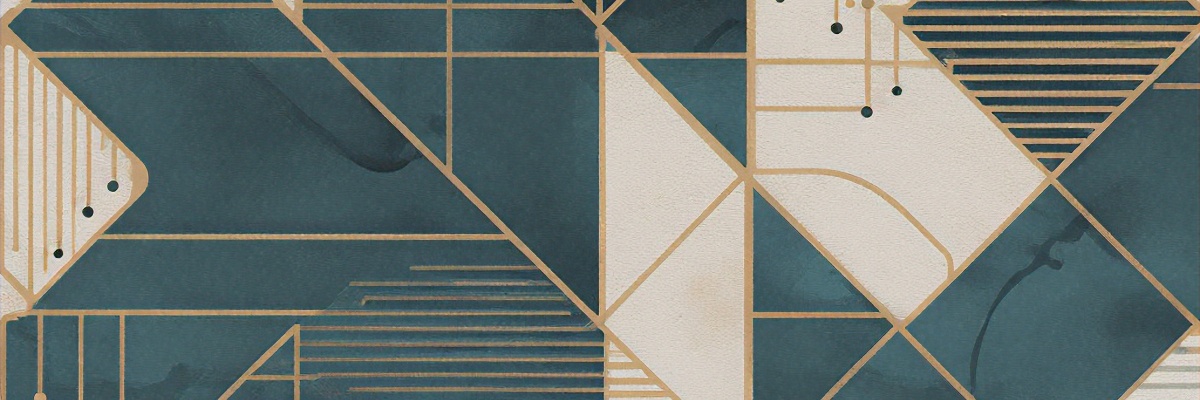
It is the rare year in which none of the parshiot of the year are doubled. Being that a lunar year is 11 days shorter than a solar one, and that often one or more of the holidays fall on shabbat, there are just not enough weeks in the year to read all 54 parshiot. A leap year adds another four, perhaps five, shabbatot but it is still very, very rare that we have 54 shabbatot (that are not also holidays) from one Simchat Torah to the next.
The most common parshiot doubled up are Mattot- Maasei making it, at 253 verses, by far the longest Torah reading of the year[1]. Nitzavim and Vayelech are the second most combined, yet even so their combined 70 verses make them the fourth shortest Torah reading of the year.[2]
Combined or not, Nitzavim and Vayelech seem to“contradict” each other. Nitzavim is generally translated as standing. Actually, the word nitzav has a stronger connotation, that of anchored, meaning one is tied down to one’s spot and is immovable. Vayelech, on the other hand, means to be on the move.
In the context of the Torah, it is the Jewish people who are standing as Moshe has them reaffirm their commitment to the covenant. After that is done, Moshe, now 120 years old, goes out to the people telling them, ironically, that he will soon “no longer [be able] to go out and come” as G-d has told him that he will not cross the Jordan river. He implores the people to be strong, not to fear, as G-d, through the leadership of Yehoshua, will ensure their successful conquest of the land.
That is the simple contextual meaning, what we might call the pshat.Viewed from a broader perspective Nitzavim and Vayelech reflect a core dilemma facing the Jewish people, most acutely since the time of the Emancipation and Enlightenment. When do we stand still and when do we move, when do we steadfastly hold on to our traditions with no changes allowed and when do we move forward adjusting, and tweaking some of our practices?
This is the fundamental question Jews have debated and struggled with in modernity. The Reform movement and what today we refer to as the Chareidim both saw Judaism and modernity as irreconcilable. The former reformed Judaism and the latter rejected modernity, proud of the motto that “all that is new is forbidden by the Torah”. While this view itself was a new approach to Judaism, the overarching danger they perceived from the modern world necessitated such an approach, one rooted in the past and the past only.
What today we call Modern Orthodoxy recognized that different times require different approaches, that organizations – and even religions – that rest on their glory and refuse to adopt and adjust wither away[3]. What worked in an era where Jews were second class citizens (at best) needs to be adjusted for an era where Jews have equal rights. The old, to quote Rav Kuk[4], is be renewed and the new sanctified[5].
It is for good reason we read Nitzavim and Vayelech together. Nitzavim details the affirmation of the covenant. Our covenant dates back to (at least) Sinai, and is very much rooted in the past. The Torah is for all times and all places. It reflects the Divine and as G-d Himself, cannot be changed. At the same time there are 70 faces to the Torah, and as the Rashbam notes “new interpretations[6] arise each day”.
Vayelech details the transfer of leadership from Moshe to Yehoshua. Leaders must be responsive to the needs of their specific times. Moshe Rabbineu, as great as he was, was not the right leader as the people entered the land. New times require new leadership.
May we be blessed with leaders who can properly balance the need for Nitzavim with those of Vaylech.
[1] The runner up is Vayakhel-Pekudei at 214 verses– a distant 39 behind.
[2] The ones even shorter are Vzot Habracha (never read in the Diaspora on Shabbat) at 41, Haazeinu at 52 and Kedoshim at 64 verses respectively.
[3] It is a historical fact that 19th century German Orthodoxy, with its openness to the modern world, had much greater success in inspiring the youth to remain observant than Hungarian Orthodoxy, which rejected modernity.
Both however, have fared rather poorly and within three-four generations well over 50% of Jews abandoned traditional Jewish life. For Orthodoxy that considers itself to be the only true path of Judaism such failure requires much soul-searching. Whatever the number of Baalei Teshuva today the number of those who were brought up observant but no longer are, is much greater.
[4] Like all great thinkers Rav Kuk was a most complex person and some of his views would make the modern Orthodox Jew of today cringe.
[5] I recognize that the above is a much too superficial analysis but nonetheless I feel there is much truth in what i write. I invite those who feel my analysis is wrong to be in touch so I can gain a greater perspective
[6] The Rashbam (Breisheet 37:2) actually says it is the pshat that renews each day. That is an even more powerful statement as it implies the actual plain meaning of the text changes each day.
